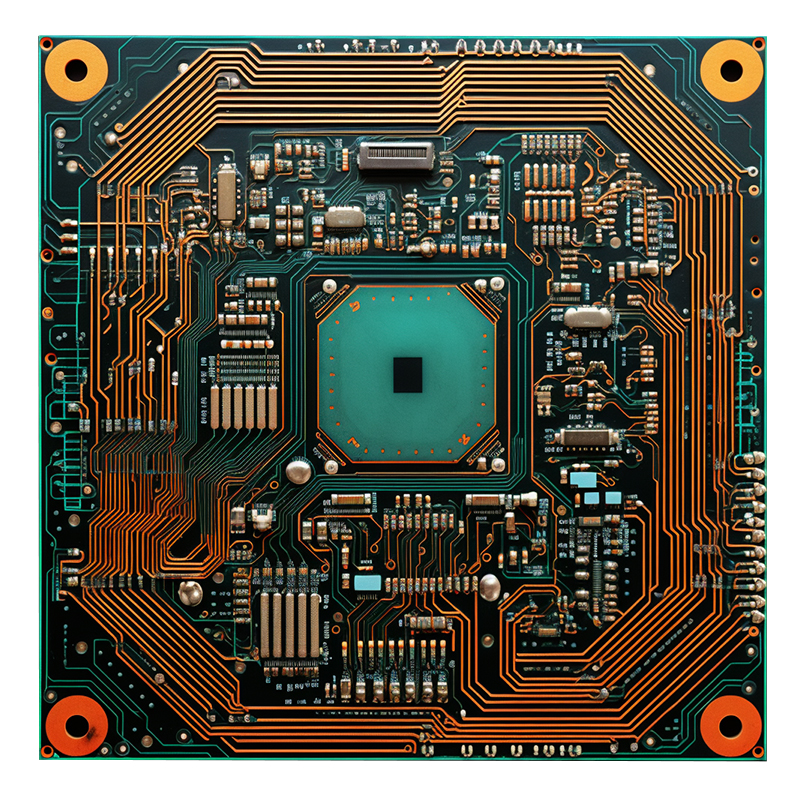In today’s rapidly evolving technological environment, printed circuit boards (PCBs) are the foundation of many electronic devices. As the demand for smaller, more efficient devices continues to grow, traditional circuit boards are gradually being replaced by high-density interconnect (HDI) PCBs. This article aims to clarify the fundamental differences between HDI PCBs and traditional circuit boards, and discuss their respective advantages, applications, and impact on industries such as automotive.
The rise of HDI PCB:
According to a recent market study, the global high-density interconnect PCB market is expected to reach a value of USD 26.9 billion by 2030, growing at a compound annual growth rate (CAGR) of 10.9% during the forecast period. This exponential growth can be attributed to several key factors, including advancements in miniaturization, increasing demand for compact devices, and technological innovations in the electronics industry.
Advantages of HDI PCBs:
One of the main advantages of HDI PCBs is their compact size. These boards allow for a high density of components, enabling designers to optimize the use of available space. By employing micro, blind and buried vias, HDI PCBs provide excellent routing capabilities, resulting in shorter signal paths and improved signal integrity.
Additionally, HDI PCBs offer enhanced electrical performance due to reduced parasitic capacitance and inductance. This in turn enables higher signal transmission frequencies, which is crucial for devices that operate at high speeds such as smartphones, tablets and high-end electronic applications.
Another significant advantage of HDI PCBs is their ability to reduce weight. The automotive industry especially favors HDI PCBs because they can integrate more functions with less weight. This not only improves fuel efficiency, but also contributes to overall vehicle performance and design flexibility.
Application of HDI PCB in the automotive field:
As mentioned earlier, the use of HDI PCBs in the automotive industry is increasing. With the rise of autonomous vehicles, electric vehicles, and the integration of advanced driver assistance systems (ADAS), the need for compact, lightweight electronics becomes critical.
HDI PCBs provide a solution to these challenges by integrating multiple functions within a limited space. Their reduced weight also helps automakers meet sustainability goals by improving energy efficiency and reducing emissions.
In addition, HDI PCBs exhibit excellent thermal management capabilities. With the heat generated by electric vehicle components, effective heat dissipation is critical to ensure optimal performance and prevent overheating. An HDI PCB with proper thermal design can help improve the overall reliability and lifetime of automotive electronics.
Impact on legacy boards:
While HDI PCBs are gaining enormous market traction, it is important to emphasize the enduring relevance of traditional circuit boards in certain applications. Traditional circuit boards still have a place in applications where cost remains a key factor and miniaturization and complexity are relatively low.
Many consumer electronics devices, such as remote controls and home appliances, continue to employ basic board designs due to cost-effectiveness and simplicity. Additionally, in industries such as aerospace and defense, where durability and longevity take precedence over miniaturization needs, traditional circuit boards are still relied upon.
In Conclusion:
The rise of high-density interconnect PCBs marks a major shift in the electronics industry. With its compact size, enhanced electrical performance, ability to reduce weight, and impact on various industries such as automotive, HDI PCBs are driving innovation and paving the way for more advanced electronic devices.
However, it must be recognized that traditional circuit boards still have their advantages in specific applications, emphasizing the need for diverse PCB technologies to meet different industry requirements. As we move into the future, the continued evolution of HDI PCBs and traditional circuit boards is critical to meeting the ever-changing demands of the electronics world.
Post time: Sep-01-2023
Back







